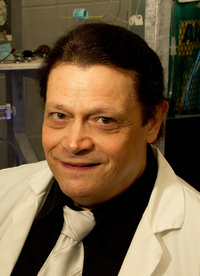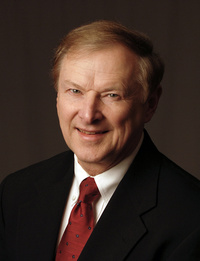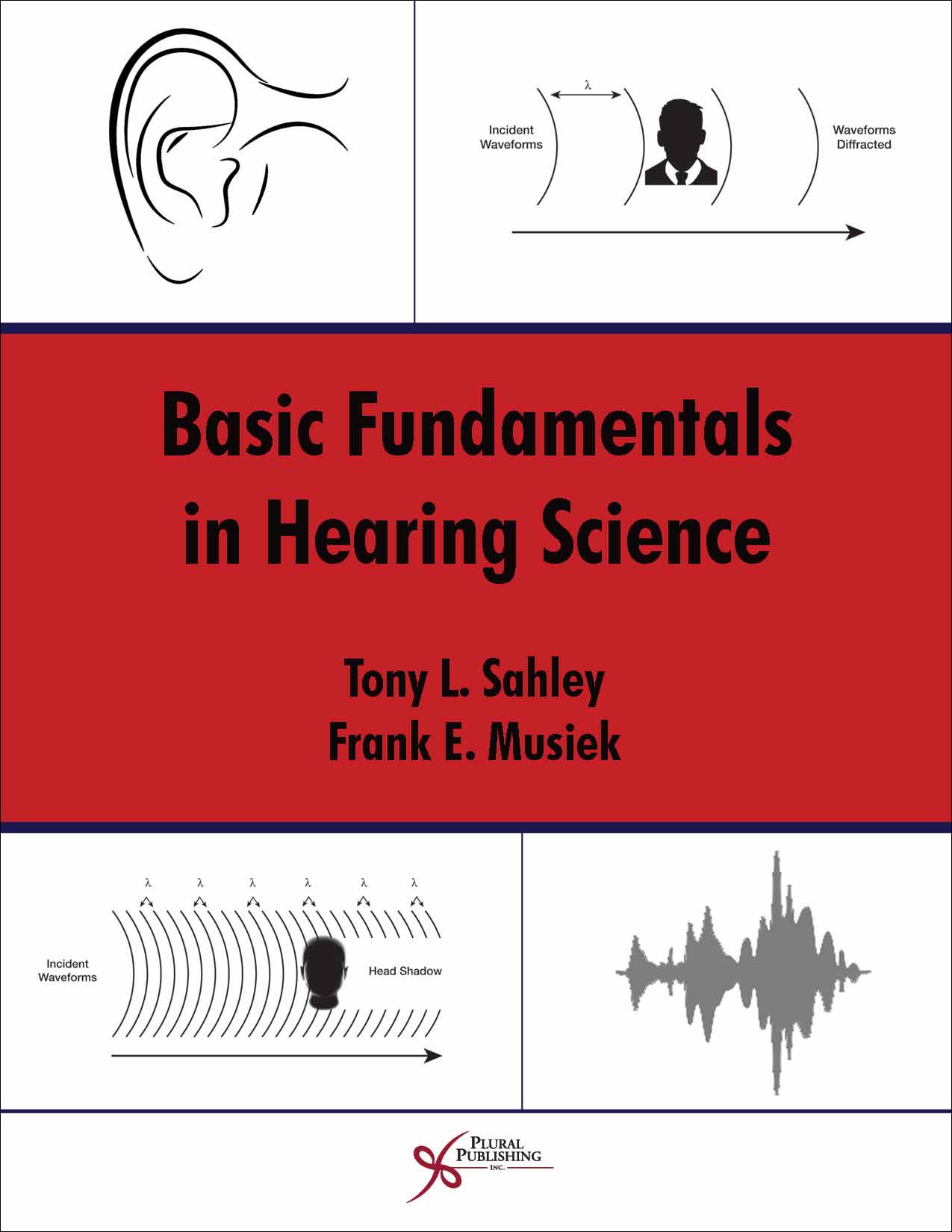
Basic Fundamentals in Hearing Science
First Edition
Tony L. Sahley, Frank E. Musiek
Details: 704 pages, B&W, Hardcover, 7" x 10"
ISBN13: 978-1-59756-549-3
© 2016 | Available
For Instructors
Purchase
Basic Fundamentals in Hearing Science is a practical textbook written primarily for college undergraduates preparing for graduate programs in speech-language pathology or audiology.
Using Newtonian physics, the authors present a novel approach to the subject of hearing science, enabling students to develop their understanding of the subject while building their knowledge of scientific concepts as they move through the text. Students progress from the basics to more difficult concepts in a graduated process. The text encourages thinking and problem solving rather than learning by rote memorization and clarifies obscure concepts in a writing style that promotes greater understanding and comprehension. Pedagogical elements include key terms listed for each chapter, bulleted chapter summaries, and review questions. For undergraduate hearing science students without hard science backgrounds, this text aims to decompress and facilitate the comprehension of difficult and often cumbersome concepts in order to master the basic concepts in hearing science.
This textbook is also a useful supplemental or recommended reference for speech and hearing combined courses that require more coverage of hearing science than currently available in speech-oriented textbooks.
Key Features
- An extensive number of figures and illustrations for improved overall comprehension of the subject matter
- Clear descriptions of the many and various forms of sound wave phenomenon, and of auditory anatomy and physiology--from the outer ear to the auditory cortex
- An overview of scientific measurement scales and notation including the use of logarithms, exponential and scientific notation, and the metric system
- An opening chapter that defines and elucidates the meaning, practice, and philosophy of science--with an emphasis on theory-driven research--including a practical guide for the writing of a scientific manuscript
- Chapters devoted to the basic terminology used in hearing science and the application of those basic principles and terms, as well as a chapter that addresses basic nervous system terminology and describes the structure and function of the twelve pairs of cranial nerves
- A chapter that deals exclusively with the structure and function of the auditory system
From the Foreword
"The text is written with meticulous and thorough attention to detail and accuracy. This is especially apparent with regard to the formulas and tables provided for the computations of the Bel, decibel, and RMS amplitude. An additional feature that adds to the attractiveness and flair of the book is the frequent reference to historic discoveries and to those who made them. Concepts presented in the text are beautifully complemented by illustrations, graphs, and equations. This is a book I wish I had had when I was a student, and I believe it will become a first choice textbook among undergraduate and graduate students. It will provide quick answers to questions, both simple and complex, and will provide ever-deepening insights into hearing science when knowledge of details is the goal."
--James A. Kaltenbach, PhD, Director of Otology Research, The Cleveland Clinic
Reviews
"Drs. Tony Sahley and Frank Musiek, in their book ''Basic Fundamentals in Hearing Science'', have put together an impressive ensemble of chapters that form the theoretical and practical foundation for hearing science that is the basis for many fields, including audiology. In a comprehensive manuscript covering 686 pages, the authors cover, not only the traditional hearing science, acoustic, and psychoacoustic concepts, but they also begin with a healthy overview of what science is and the scientific method, and they conclude with a terrific overview of the nervous system and anatomy and physiology of the auditory system. Key attributes of this book include chapters that begin with key terms that will be covered and end with a thorough, bulleted summary with follow-up questions for the learner. This book is well written and organized, and it contains some of the best figures I have seen recently to explain otherwise difficult topics. As would be expected in a hearing science book, there is math and there are math problems for students to solve, but the text and figures bring the math to life. The conceptual design of the figures appear to be well considered and beautifully illustrated, and together with the text, they should help to promote comprehension. Having seen many hearing science books over the years, Sahley and Musieks book appears to offer a much needed fresh perspective to hearing science, and their approach and organization of the book should be useful to both undergraduate and graduate students for years to come."
—Samuel R. Atcherson, PhD, Associate Professor, Department of Audiology and Speech Pathology, University of Arkansas at Little Rock and University of Arkansas for Medical Sciences
"[The book] starts at a basic and broad level and gradually increases its focus on hearing science. Before hearing sciences are introduced and explored, generic concepts of science and measurement are navigated, ensuring the more complex content is developed on a sound base. There are then chapters on sound measurement, acoustics, psychoacoustics and anatomy and physiology. The book is written clearly at a level that would be understandable for audiology undergraduates or for postgraduate students new to the hearing sciences. Each chapter starts with a useful list of key concepts to be covered and is logically structured. At the end of each chapter there is a ‘take home’ summary and a number of questions that readers can use to check their understanding."
—Edward C. Killan, Associate Professor in Audiology, University of Leeds, in ENT & Audiology News (February 2020)
Foreword by James A. Kaltenbach, PhD, Director of Otology Research, The Cleveland Clinic
Preface
Acknowledgments
Chapter 1. What Is Science?
Chapter 2. Measurement
Chapter 3. Basic Terminology for Hearing Science
Chapter 4. Application of the Basic Principles in Hearing Science
Chapter 5. Harmonic Motion
Chapter 6. The Measurement of Sound
Chapter 7. Acoustics
Chapter 8. Psychoacoustics
Chapter 9. Nervous System Terminology: The Structure and Function of Neurons and the Cranial Nerves
Chapter 10. Anatomy and Physiology of Hearing
Appendix A. Exponential and Scientific Notation
Appendix B. Logarithms
Appendix C. Exponents with Metric Prefixes
Index
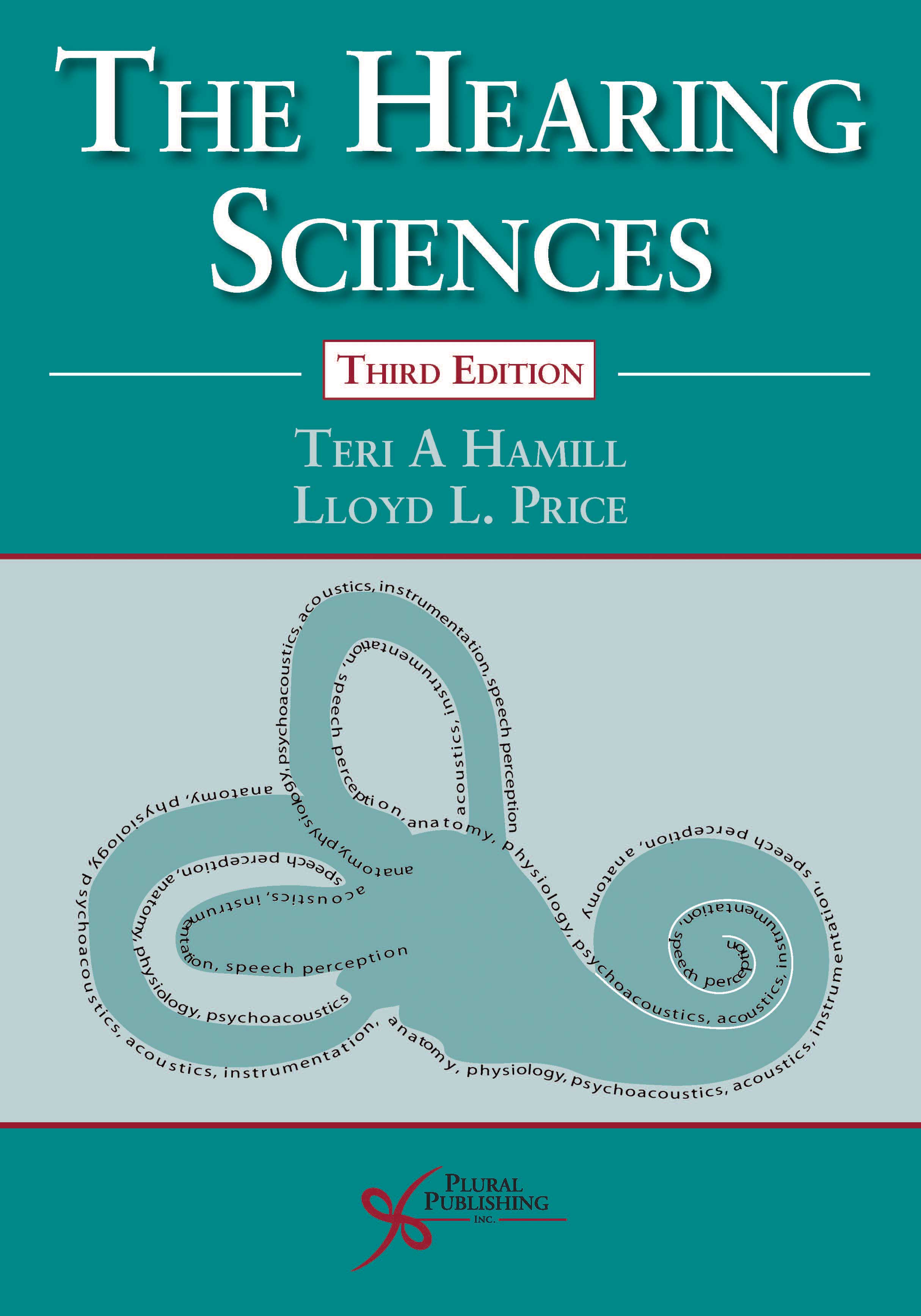
The Hearing Sciences
Third Edition
Teri A. Hamill, Lloyd L. Price
Details: 637 pages, B&W, Softcover, 8.5" x 11"
ISBN13: 978-1-94488-363-8
© 2019 | Available
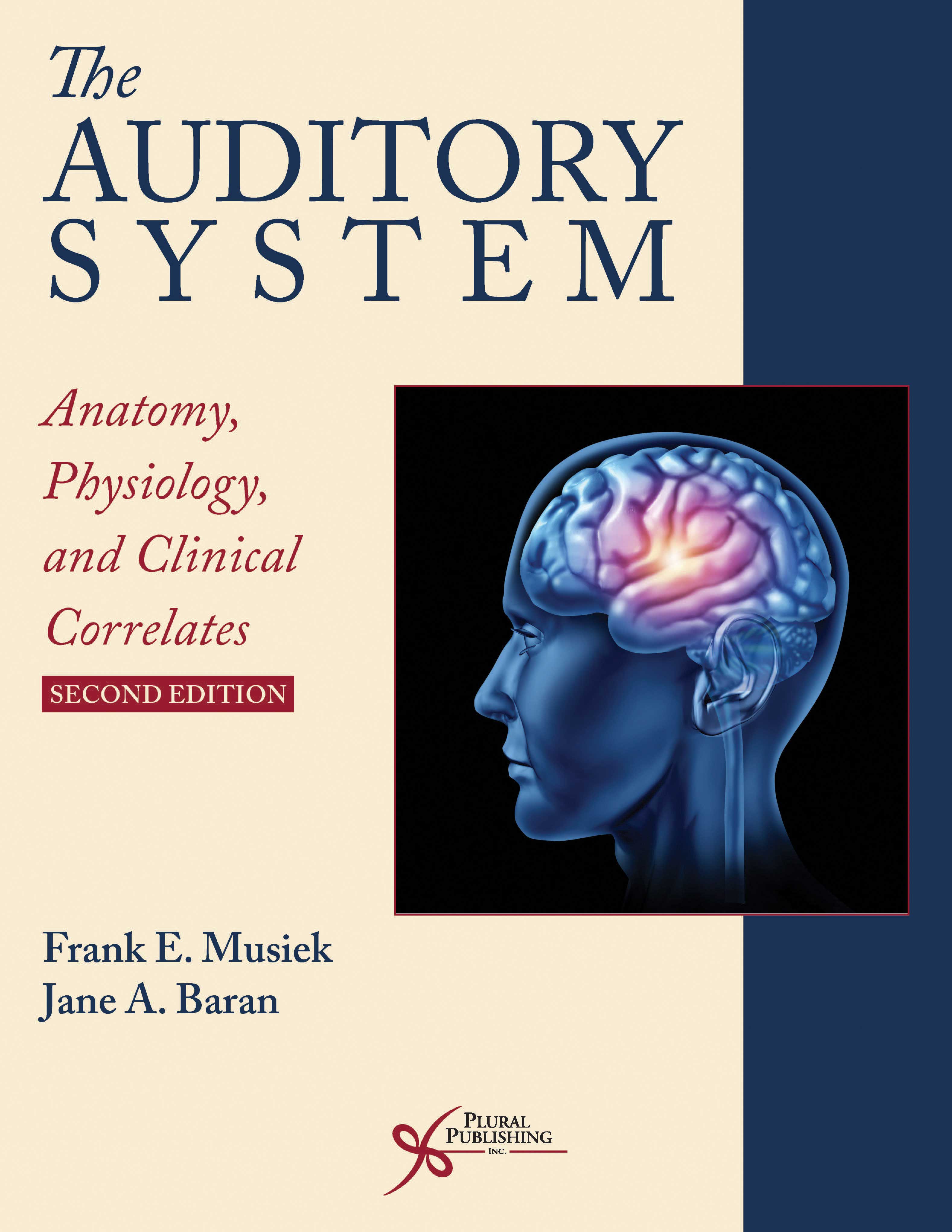
The Auditory System: Anatomy, Physiology, and Clinical Correlates
Second Edition
Frank E. Musiek, Jane A. Baran
Details: 487 pages, Full Color, Hardcover, 8.5" x 11"
ISBN13: 978-1-94488-300-3
© 2020 | Available
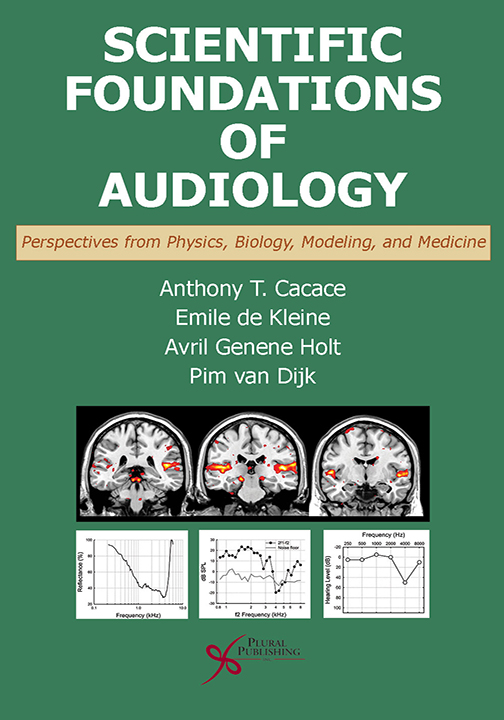
Scientific Foundations of Audiology: Perspectives from Physics, Biology, Modeling, and Medicine
380 pages, B&W, Hardcover, 7" x 10"
Anthony T. Cacace, Emile de Kleine, Avril Genene Holt, Pim van Dijk
Details: 380 pages, B&W, Hardcover, 7" x 10"
ISBN13: 978-1-59756-652-0
© 2016 | Available
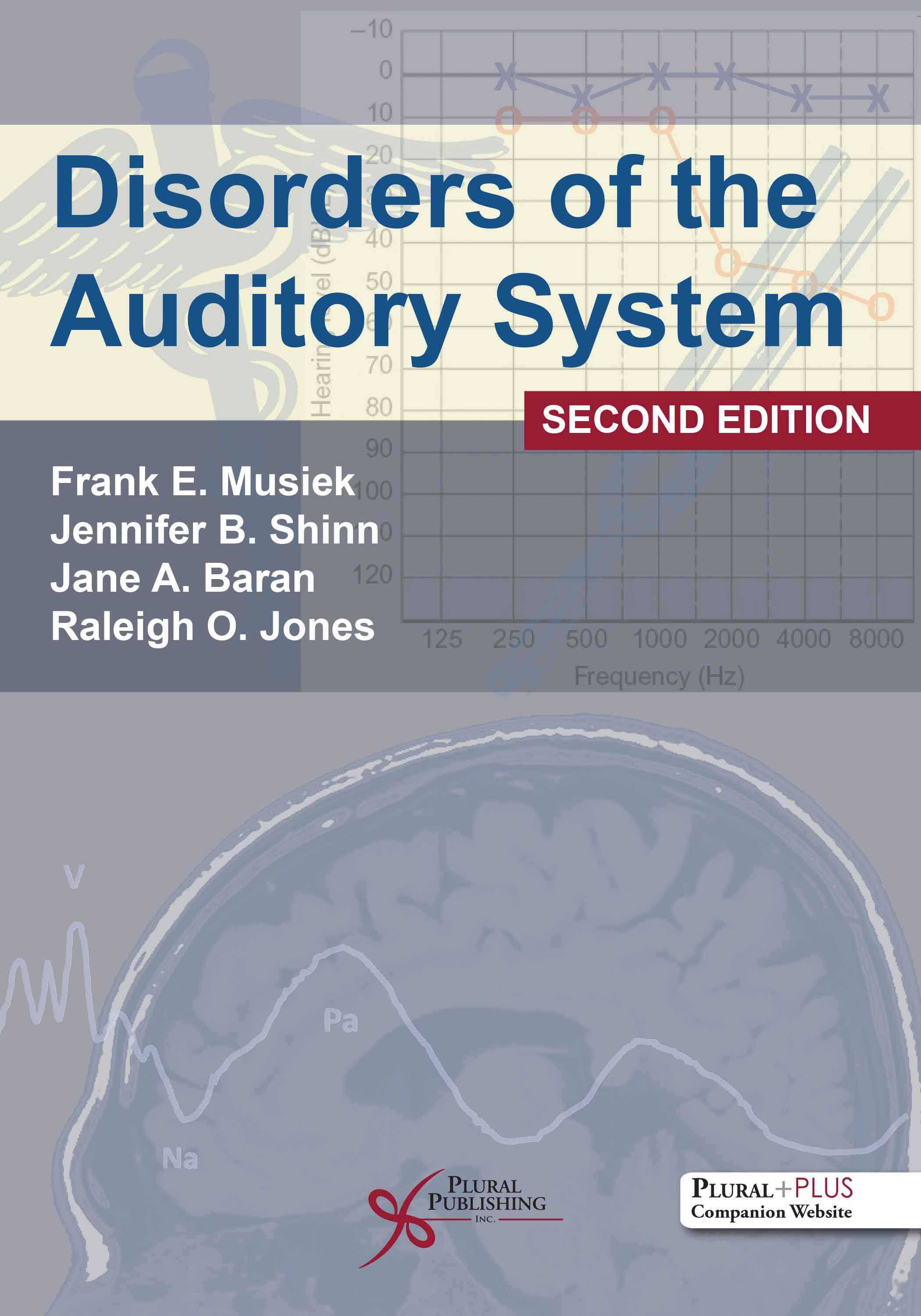
Disorders of the Auditory System
Second Edition
Frank E. Musiek, Jennifer B. Shinn, Jane A. Baran, Raleigh O. Jones
Details: 492 pages, B&W with Full Color Insert, Hardcover, 7" x 10"
ISBN13: 978-1-63550-216-9
© 2021 | Available
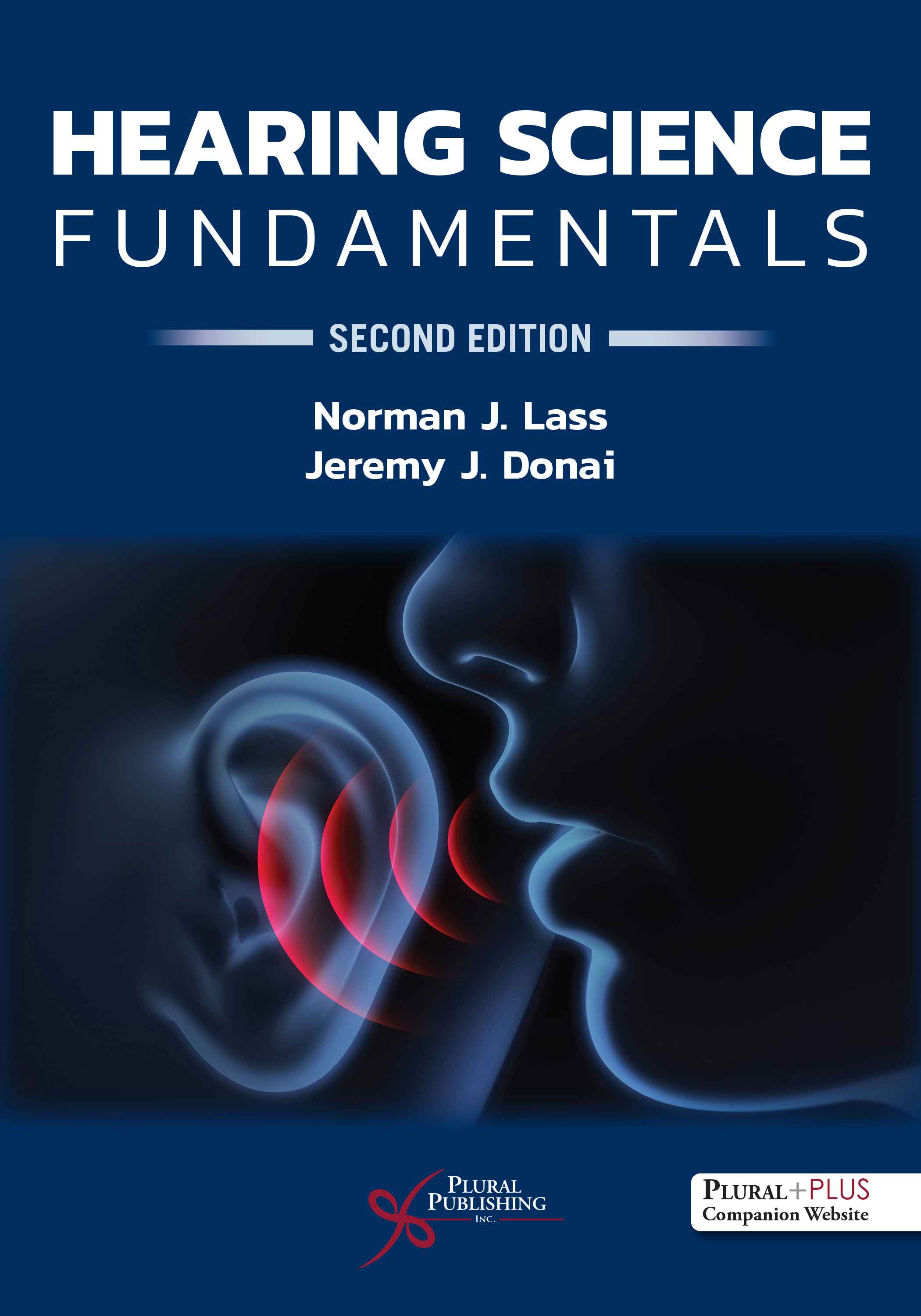
Hearing Science Fundamentals.
Second Edition
Norman J. Lass, Jeremy J. Donai
Details: 370 pages, 2-Color, Softcover, 7" x 10"
ISBN13: 978-1-63550-328-9
© 2023 | Available
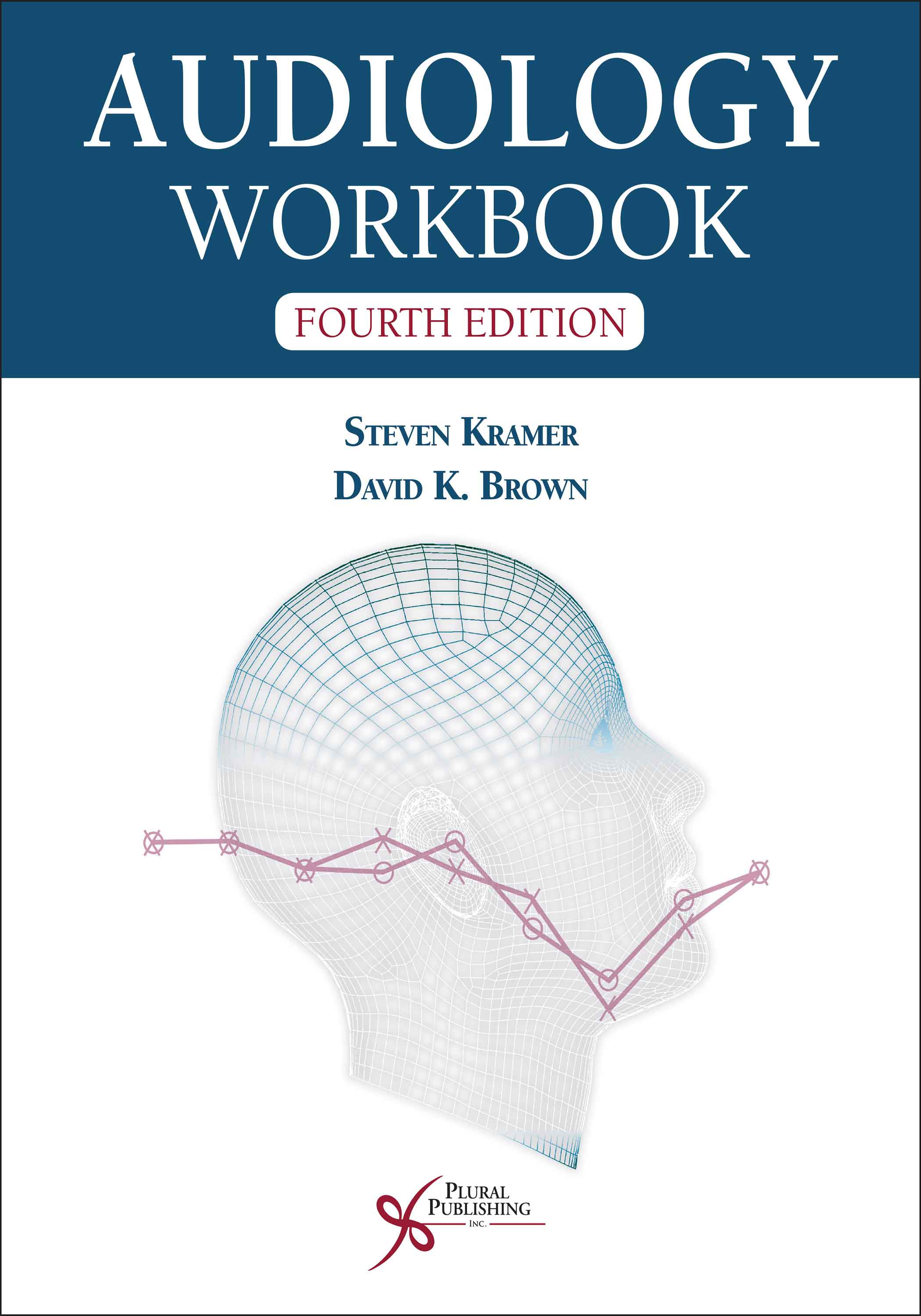
Audiology Workbook
Fourth Edition
Steven Kramer, David K. Brown
Details: 437 pages, B&W, Spiral Bound, 8.5" x 11"
ISBN13: 978-1-63550-348-7
© 2023 | Available

